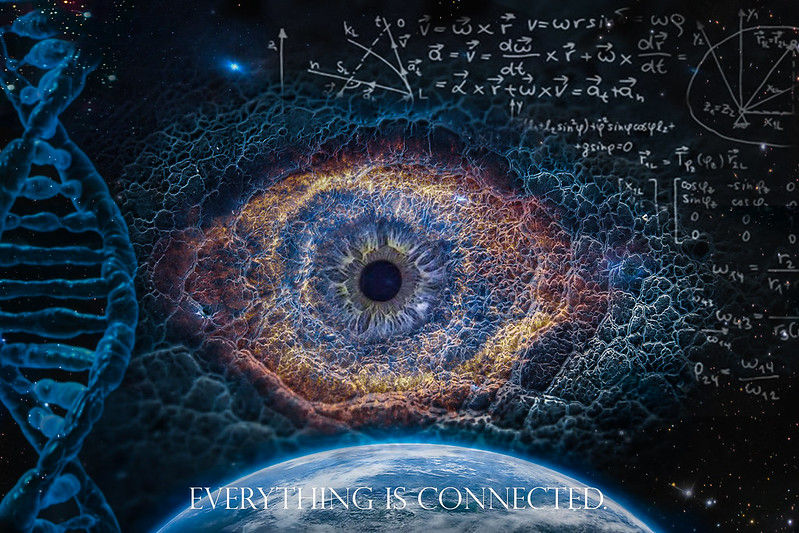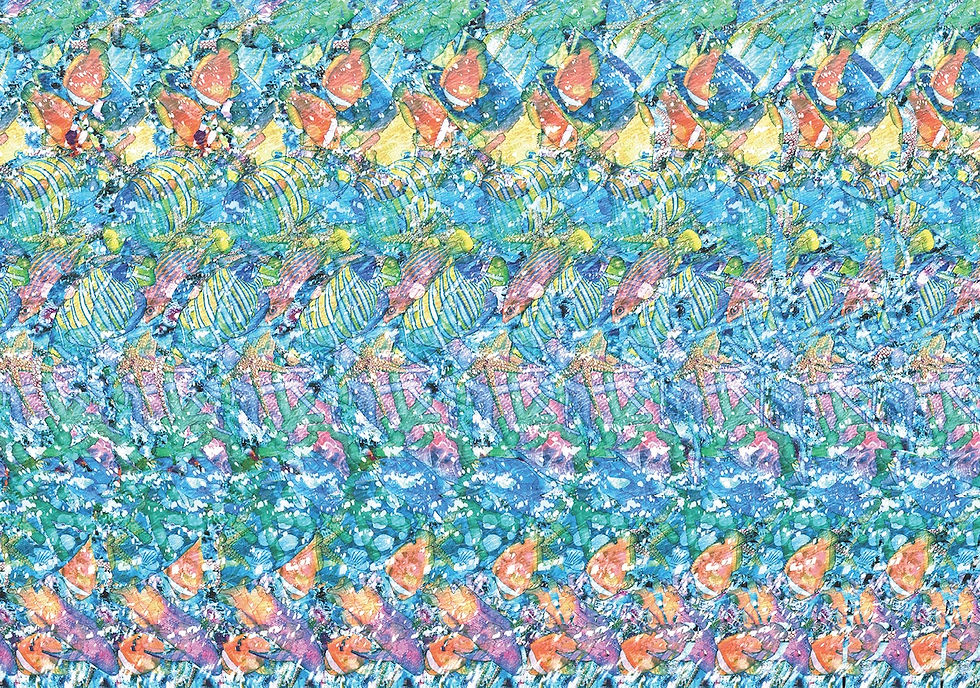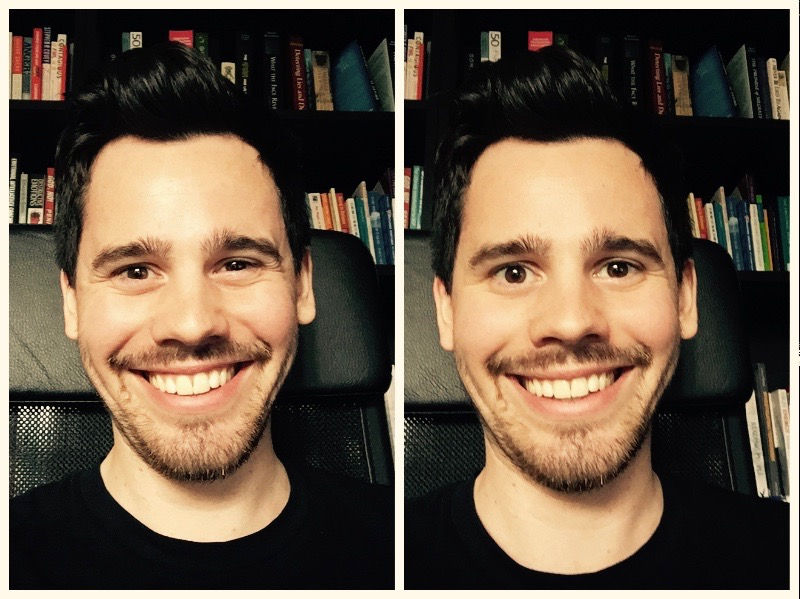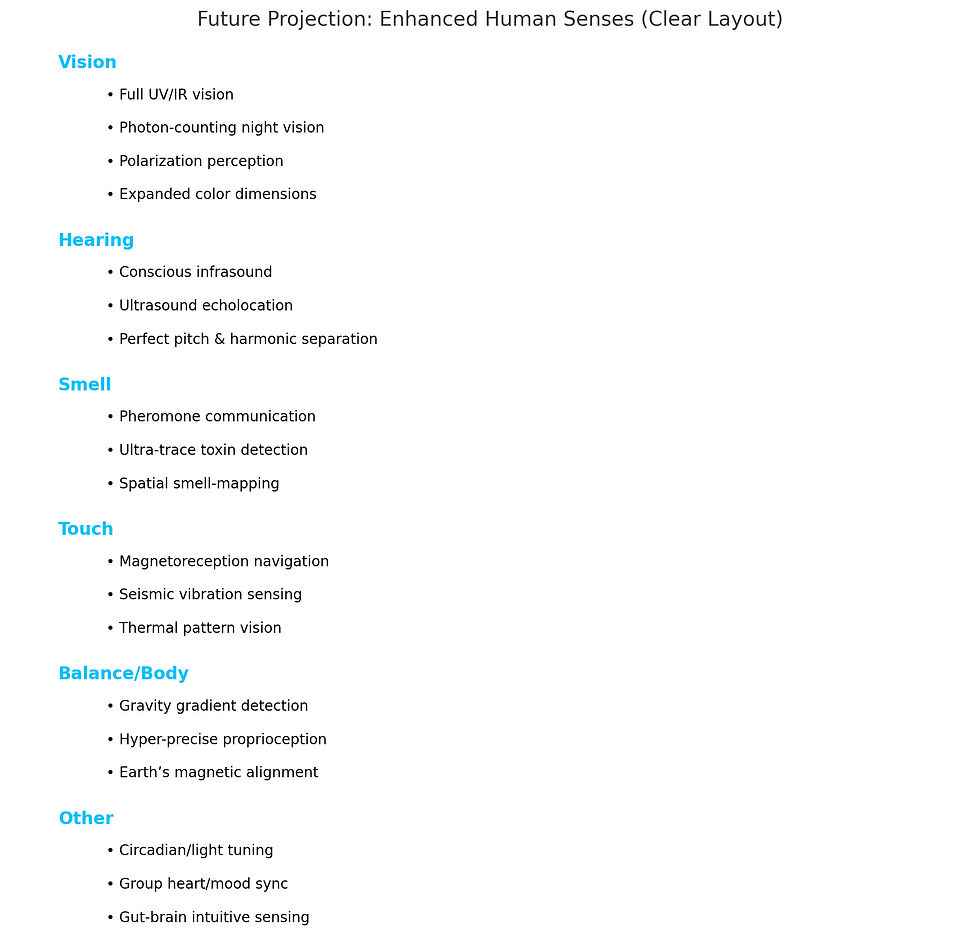Creating "Eye Consciousness Theory" 1.0
- thomaschilds5
- Aug 30
- 6 min read
Updated: Sep 10

For the past week I've had a feeling that started in the back of my eyes that almost feels like a fuzziness or static feeling. While it started in the back of my eyes, I soon found out that I could move that feeling anywhere in my body simply by shifting my consciousness to that part of the body. For some reason I was drawn more to experiment with my eyes than any other part of my body, perhaps because the feeling originated there, so for the past week I've been trying to see how I could manipulate and change the feeling. I've found that I can change my consciousness based by manipulating my eyes in the following ways:
My emotional state changes based on my eye shape. I noticed that I can actively change my energy levels, concentration, and overall emotion state by slight alterations in eye shape.
I can make a feeling occur that feels almost hypnotic in nature kind of like an energy beam when I focus on eye consciousness and almost pull it into my body (no idea what it does though if anything). It feels super weird, but I can get the feeling to be pretty strong which is interesting.
I can shift into a state where I can experience mild hallucinogenic images with my eyes open. I have only been able to do this with plant assistance, but I've NEVER been able to do that before with the same substance (which I've used for years now). It's kind of like the Magic Eye books where you cross your eyes in a certain way and the image becomes 3D as shown below.

Surprising results for a week of experimentation. This realization that eye positioning and consciousness has tangible impacts has led me to this new theory, the Eye Consciousness Theory.
The body can be used to influence emotions. One of the more interesting findings is that of forced smiles and frowns and their impact on emotions. Here is a picture of the most common way this type of study is conducted:

A pen is stuck in the person's mouth and their lips are used to induce smiles (left) or frowns (right) and then the person is tested on how humorous they find a joke or some similar exercise to see the impact of the forced facial state on emotion. Stanford University found that people's happiness can reliably shift based on forced facial states in this study although ironically they found that the traditional pen technique showcased above was less conclusive than other methods. Other studies show the correlation between the body and mind by other means. Several studies have shown that back posture impacts emotions and The National Library of Medicine has shown that crossing one's arms lowers positive moods, reduces pain perception, and even slows some types of perception such as spatial judgments. What these types of studies show is that the body can influence the mind and emotion just like the mind can influence the body.
Now let's take this concept and apply it to eye positioning. Look at the same picture but this time focus on the participants eyes. Notice how they are slightly different based on the emotion present.

Now look at this picture of the six basic emotions in both an adult and a baby. Again, notice the slight differences in eye positioning based on the emotion present.

Even happiness can look different based solely on the eye positions. Here is a picture of the difference between a real smile and a fake smile.


This isn't new information at all. Most people can distinguish a genuine smile from a fake smile in those they encounter in their daily life. It isn't rocket science, it is just subconscious recognition that we are now turning into conscious recognition. You can actively engage in this process yourself and experience making your subconscious conscious by thinking of something that makes you feel anger and see how your eyes feel, then shift to happiness and do the same, then to concentration or any other emotion and pay attention to how your eyes naturally change positioning and focus. You can also reverse the process, change your eye position and see how it impacts your emotional state. It definitely impacts mine.
The eyes are directly tied to the central nervous system and dictate the activation of both the sympathetic and parasympathetic nervous system, the systems responsible for alertness and calmness respectively. The retina is so closely tied to emotion that depression can be measured through retinas verified through a study in the National Library of Medicine here. Some professional athletes train their eye positioning to improve performance, found in a meta-analysis in the National Library of Medicine, showing that eye positioning's impact can go beyond the emotional into the physical. Furthermore, the eye is the most sensitive part of the body meaning that it can track the most minute changes which could translate into physiological changes.

There are several psychological theories that already successfully use eye movements to change emotional states. Eye-Movement Desensitization Reprocessing (EMDR), one of the top five trauma therapies in the world, relies on eye movements help clients work through trauma. Brainspotting also uses eye positioning to help clients work through trauma although it is lesser known and arguably less effective. Here is an article from Psychology Today about how eye positioning impacts joy. There is concrete evidence of eye movements impact on emotions within the realm of psychotherapy.
With all this information in mind, what if we can purposefully harness eye positioning to consciously influence mood states just like the body can influence other emotional states? I think it's not only possible, but very likely. This is the core idea of Eye Consciousness Theory.

Eye Consciousness Theory has a secondary core idea that goes beyond the psychological. In talking to a friend of mine who is very spiritual, she told me that she shifts her eye consciousness intentionally to shift between normal vision, being able to see people's auras, and being able to see ghosts (she said that when she watches ghost shows most people just see an orb of light but she is able to see the whole paranormal body). What if eye consciousness extends past just mood into altered states of consciousness or perception even beyond what we currently think possible? It's a possibility that I find enticing and I am going to have her train me to see if I can also see the supernatural, something I have never experienced before. This and my own tests to see what changing focused consciousness in my eyes can do will be the evidence for this secondary aspect of the theory.
The human eye does actually have the required hardware, so to speak, to do much more than we are currently capable of, the Magic Eye image being a low level example of that. Here is what the human body is capable of, including the eyes, that humans don't currently utilize (created by ChatGPT):

Here is the visible light spectrum that we can see as well as the light spectrum that humans should be able to see with our visual hardware or are able to see with appropriate visual training (also ChatGPT):

I will create a post explaining what the human body is equipped for that isn't currently utilized as some point but for now what matters is that science agrees that we aren't currently using our eyes in all of the ways that are possible.
This theory's application in healing is less tangible than most theories I come up with and I currently only have one idea on how to apply it.
Physical awareness and training.
Create awareness through basic exercises such as those mentioned earlier.
Have clients choose an emotional state they want to experience more of (peace/ joy) and have them practice keeping their eyes in that position throughout the week.
The secondary aspect of the theory I have more ideas for:
Change consciousness focus and extend outwards to see what happens.
Change consciousness focus and extend inward, creating the tractor beam like feeling, but experiment to see what it does, if anything.
Practice shifting focus states between the two.
Have my friend train me.
Stay tuned for Eye Consciousness Theory.



Comments